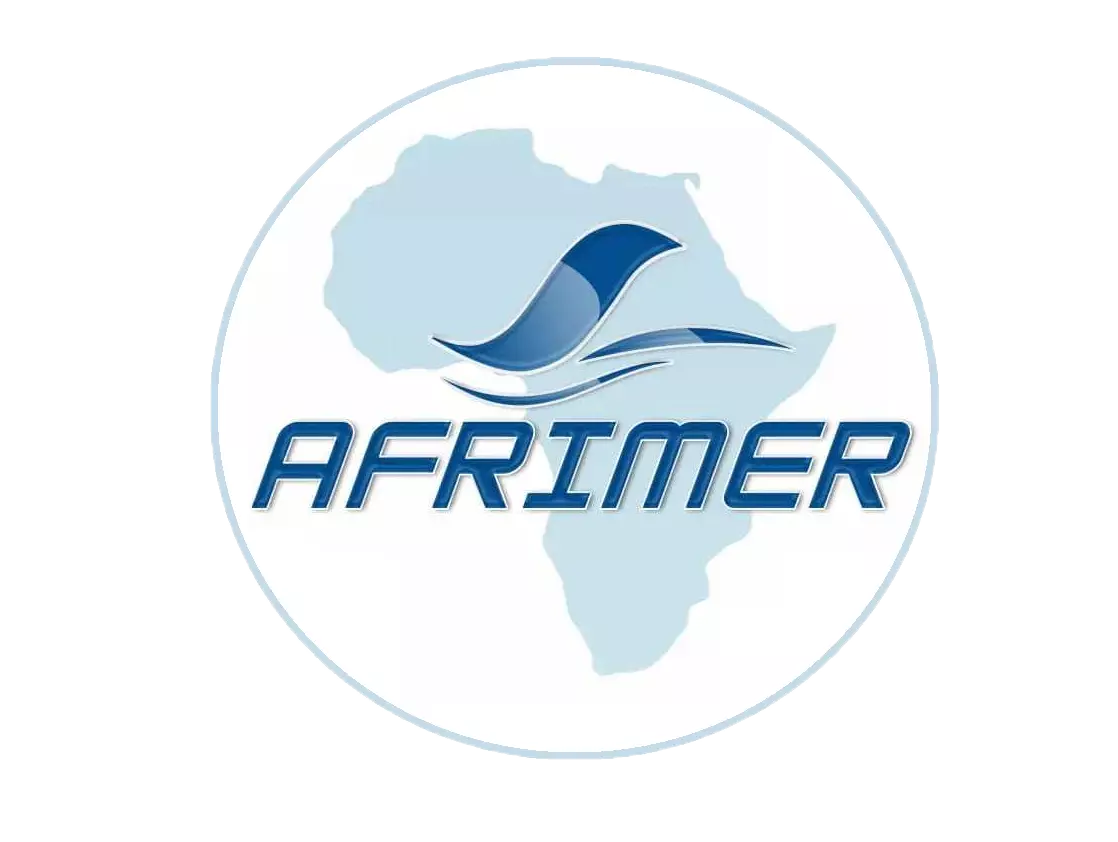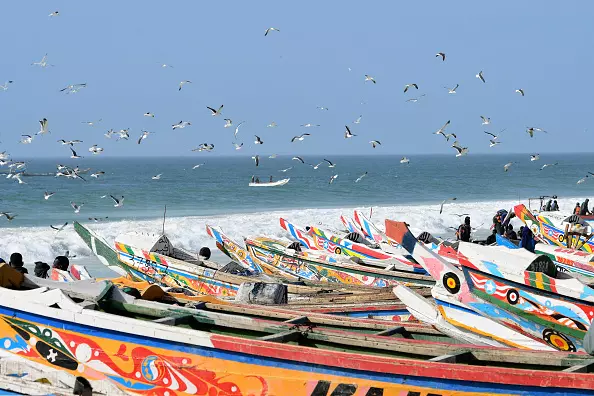The fisheries sector in Mauritania is experiencing significant growth, and with the increase in the number of workers in this sector in the last period, the volume of fish production has increased. Fishing revenues increased from $ 114 million in 2009 to $ 200 million in 2016, an increase of 75%. National fish production increased from 90,000 tonnes to 773,000 tonnes, an increase of 759%, while the number of plants during the same period, from 60 to 135 plants, adopted the quality standards. European Union, an increase of 125%. Direct marine employment increased from 36,000 to 60,000, an increase of 66.7%. Some 2,300 traditional seafarers have benefited from health insurance for the first time, and more and more seafarers are being integrated, especially in the traditional fishing sector.
Exports amounted to $ 689 million at the end of last year, after being estimated at $ 222 million in 2009, an increase of 21%. The sector’s foreign exchange earnings increased from $ 350 million in 2009 to $ 835 million last year, an increase of 138%. The fishing sector is based on the strategy of producing modern Mauritanian vessels, currently reaching 31 vessels, whereas they did not exist before, while the quantities exported increased from 3 000 tonnes of fresh fish in 2009. at 26,000 tonnes last year, 776%.
The fisheries sector has witnessed a qualitative change in various areas, be it the volume of the quantities seized or the amount of money collected or the number of staff, thanks to the plan to renew national fleets and to strengthen the distribution infrastructure. In addition to the development of the fisheries sector, promotion of activities, increased contribution to food security, enhanced supervision, inspection and promotion of training in various related fields. The available stock of all fish samples in Mauritania is estimated at 1.8 million tonnes per year. The Mauritanian economy is heavily dependent on fish exports, with fish representing 58% of the country’s exports, with sales revenue representing 10% of GDP, 29% of the budget and about half of its foreign exchange resources.
The country dominates one of the world’s richest beaches over 700 km, offering an exclusive fishing area of 234,000 km 2 and a 39,000 km 2 continental shelf. The region is characterized by the abundance and diversity of its commercial-quality fishery resources, providing more than 600 species of fish, including 200 commercially valuable species.


